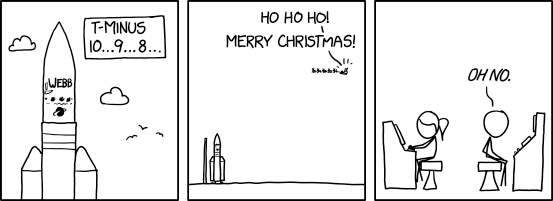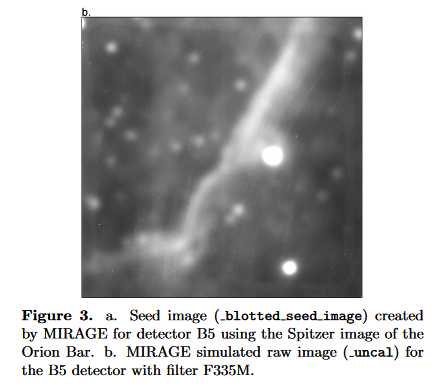I take it that we’ve all heard about the successful launch on 25 Dec.
What’s the timeline?
https://www.space.com/news/live/james-webb-space-telescope-updates
Video for first 29 days in space as it heads to its final location. Commissioning will be carried out en route.
https://www.youtube.com/watch?v=7bz03OnyD2A
First mid-course correction burn successful.
https://blogs.nasa.gov/webb/2021/12/25/the-first-mid-course-correction-burn/
At 7:50 pm EST, Webb’s first mid-course correction burn began. It lasted 65 minutes and is now complete. This burn is one of two milestones that are time critical — the first was the solar array deployment, which happened shortly after launch. This burn adjusts Webb’s trajectory toward the second Lagrange point … we ease up to the correct velocity in three stages, being careful never to deliver too much thrust — there will be three mid-course correction maneuvers in total. After this burn, no key milestones are time critical, so the order, location, timing, and duration of deployments may change.
https://webb.nasa.gov/content/webbLaunch/whereIsWebb.html
Next step. Sunshield.





